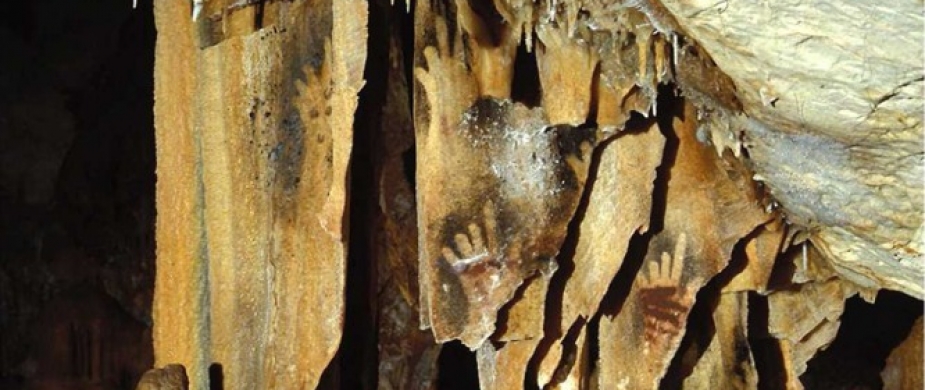Invitation to the lecture by Brea McCauley, 19 October 2023
The Institute of Archaeology of the CAS would like to invite you to a lecture by Brea McCauley (Simon Fraser University, BC, Canada): Prevalence and motivations of finger amputation: Evidence from the ethno-historic, archaeological, and folktale records. The lecture will take place on 19 October 2023 at 2:30 p.m.
Abstract:
For many people, the idea that finger amputation could be a cultural custom is hard to accept. However, a number of cross-cultural studies suggest that it may have been quite common in the past. The aims of the present study were twofold: 1) to shed further light on the prevalence of finger amputation customs, and 2) to assess the motivations for finger amputation practices. To accomplish the first aim, we examined textual and material evidence of finger amputation practices. We first recorded mentions of finger amputation customs in ethno-historic texts associated with 181 societies. Next, we searched for mentions of finger amputation in folktales. We found that folktales associated with 71 groups featured finger amputation. Thereafter, we reviewed six types of material evidence suggestive of finger amputation. The types of evidence we documented included isolated phalanges in contextually significant deposits, finger bowls, putative finger necklaces, skeletal individuals with missing phalanges and evidence of healed amputations, impressions of hands with amputated fingers, and hand images with incomplete fingers. Overall, we identified approximately 250 cultures with either textual or material evidence for finger amputation.
To accomplish the study’s second aim, we documented the motivations to engage in finger amputation among the aforementioned 181 ethno-historic groups. Through this review, we identified 18 motivation types. At the highest level, the motivations can be divided into those that address a medical issue with the amputated finger and those that are cultural. The cultural customs can be divided into those that relate to finger amputation when the participant is alive and those that relate to finger amputation when the individual is dead. The motivations that concern finger amputation when the participant is alive can be divided into those that are normative and those that are forced. The post-mortem customs can be divided into those in which the amputee was a member of the in-group and those in which the affected individual was a member of an out-group. Taken together, the results of the present study demonstrate that finger amputation is a surprisingly common and complex phenomenon that has been carried out for a multitude of cultural reasons.
The lecture will take place virtually on Zoom.
https://cesnet.zoom.us/j/94607704039?pwd=anJTUy9wRkJXZmpKWlhKUEVHKzROQT09
Meeting ID: 946 0770 4039
Passcode: 718783
-
Invitation and summary (235.35 KB)Download

